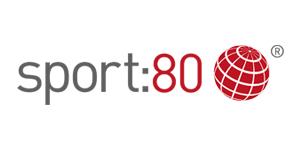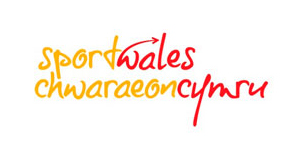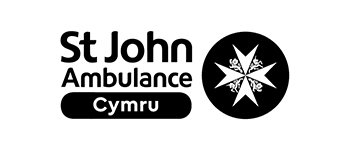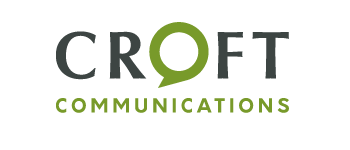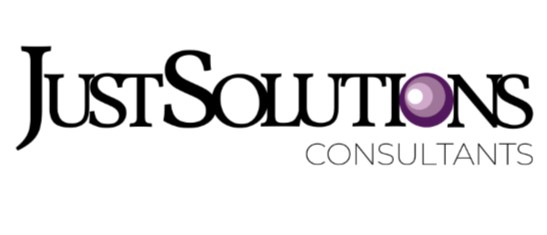St John Cymru – Guidance For First Aiders
As more and more of us slowly start returning to some sort of normal, we’re all adapting and considering important changes ensuring we’re as safe as we can be both in and out of the workplace.
We know the risk of contracting Covid-19 outdoors is significantly lower than inside an enclosed space, and that social distancing helps to dramatically reduce transition of viruses, including Covid-19 and yet, when it comes to first aid, many of us may not be aware that new guidance has been introduced to help ensure the safety of first aiders and our patients.
Resuscitation Council UK and the Health and Safety Executive (HSE) brought in this new guidance to help people navigate these changes while maintaining the safety of the first aider and the patient.
From using additional Personal Protective Equipment (PPE) and changes in guidance surrounding rescue breaths, here’s the latest update.
Checking your first aid needs assessment:
You’ll know your site’s first aid needs best and by talking to your first aiders, refreshing your training (where applicable) and checking your equipment you’ll have a much better idea of what you’ll need to help treat casualties on your site, as well as what you may need to consider to minimise the risk of infection transmission.
Guidance for first aiders:
As a first aider, you’ll know the 3P model is crucial when treating a patient; preserve life, prevent worsening and promote recovery.
Social distancing is now key in reducing the rate of transmission and this should also be followed when treating a casualty (where applicable) however, treating the casualty properly should be your main concern.
If you can, try to assist at a safe distance from the casualty to minimise the time sharing the same breathing zone.
Where possible, ask the casualty to do things for you, such as bandaging or elevating a limb to reduce swelling – ensuring you maintain a safe distance.
When preserving life, one of the most notable changes to the HSE guidance includes changes to the way in which CPR is administered.
These include; using a covering such as a cloth or a towel to cover the casualty’s mouth and nose before starting CPR and, where possible, to use the following pieces of PPE to reduce the transmission of potential virus particles:
- A fluid-repellent surgical mask
- Disposable gloves
- Eye protection
- An apron or other suitable covering
You must not give rescue breaths and should instead focus on chest compressions only.
When preventing the casualty from getting worse, you should call 999 immediately if you suspect a serious illness of injury. It’s important to tell the call handler if you suspect the patient has any symptoms of Covid-19.
Remember to use PPE when treating the patient and minimise the time you share a breathing zone where possible.
After delivering first aid, all items should be disposed of or cleaned thoroughly as appropriate. First aiders should wash their hands for a minimum of 20 seconds with soap and water or an alcohol-based hand sanitiser (minimum 60% alcohol content) as soon as possible after aiding of the patient has ceased.
Please note: Guidance is being updated regularly and you should always check HSE advice on this topic: https://www.hse.gov.uk/coronavirus/first-aid-and-medicals/first-aid-certificate-coronavirus.htm
More first aid advice and information about refresher training, bespoke training courses and first aid supplies is available here. Please note that there are a range of WSA discounts available including a 20% discount across all courses at St John Cymru centres. Please contact the team, they are keen to esnure your sites and venues remain compliant.


